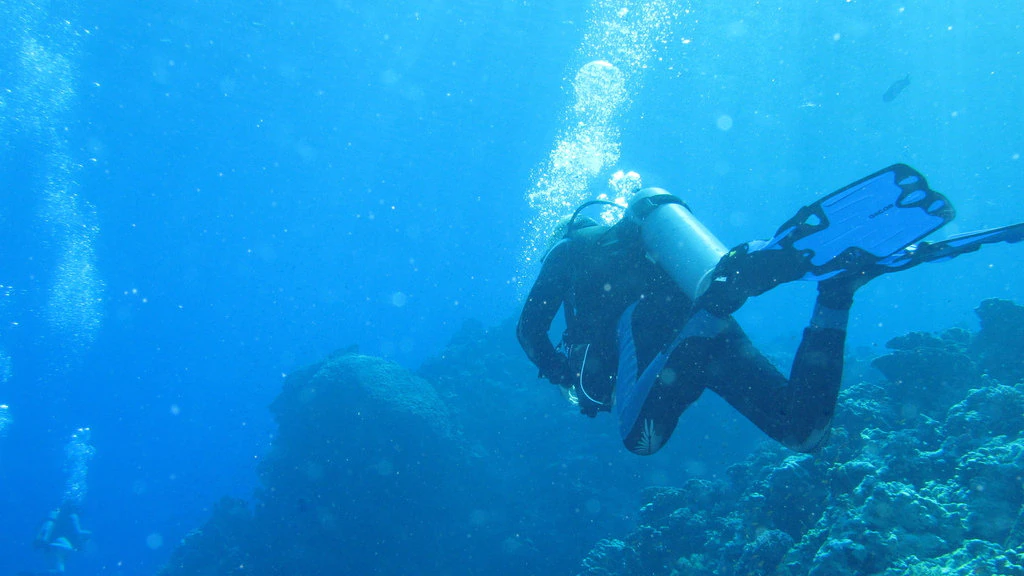Ustica is an Italian municipality that coincides with the island of the same name, which, belongs to the area of the metropolitan city of Palermo, from which it is about 65 kilometers away. Ustica can only be reached by sea as it is a spur of land and rock 8.5 kilometers long that corresponds to the emerged part of Mount Anchise.
The island has an anorogenic origin since it was born by magmas that rose directly from the depths of the earth's mantle, like Etna and the Hawaiian Islands.
Ustica looks like a green oasis rising from the sea, surrounded by a clear sea rich in species. This island is also a place of cultural encounters, festivals, and events accompanied by exquisite food and surprising wines.

The History of Ustica

The first human settlements on the island of Ustica seem to date back to the Palaeolithic period, as is well demonstrated by the remains of an ancient village found thanks to recent archaeological excavations. Phoenicians and Greeks sailed around the island and called it Osteodes (Greek for 'ossuary'), in memory of the thousands of Carthaginian rebels left on the island to die of hunger in the 4th century; today's name derives from Ustum ('burnt' in Latin), because of its black rocks.
During the 6th century, the island became the center of a Benedictine community, which escaped due to wars between Christians and Muslims. It became a refuge for various Barbary pirates in the Middle Ages, which prevented several attempts at more stable colonization. with the arrival of Ferdinand IV of Bourbon (1759) started the construction of more solid and secure structures, although a few years later (1762) a new raid by corsairs led to the kidnapping and deportation to Tunisia of all the Sicilian colonists present. The creation of new defensive fortifications began as early as the following year and in the first years of 1800 Ustica began to be populated again.
During the fascist regime, the island became a place of isolation for several political prisoners, including the famous Antonio Gramsci, who was one of the first in modern times to 'praise' the island's beauty.
A sad event in the international news that everyone still remembers today is the so-called 'Strage di Ustica': on 27 June 1980, the Itavia flight from Bologna to Palermo crashed near the island, killing 81 passengers and crew. according to the investigations, the disaster was caused by the impact of the aircraft with a missile.
Culture & Adventure

Ustica is the island for snorkeling and diving lovers since it became the first Italian Marine Reserve in 1986. Within this wonderful reserve, you can find 50% of the marine species present in the Mediterranean; brightly colored starfish, sea urchins, sponges, and other species enrich the seabed for those who want to dive deeper. In the marine reserve of Ustica, you can admire a unique flora and fauna, which still survive here thanks to the purity of the sea, and manage to live on and show themselves in all their beauty.
In addition to adventure and contact with nature, Ustica has an important historical site, the Villaggio del Faraglione, dating back to 1500 B.C., which takes its name from the Colombaro stacks that stand out in front of the archaeological complex (inside there are objects from the Middle Bronze Age, domestic utensils, tools, jewelry made of various materials, and finds dating back to the Hellenistic-Roman period). It is in Contrada Tramontana, in the northern part of the island.
The Rocca della Falconiera is another Roman site where the bourbons built a defensive fortification (160 meters high). A vast necropolis and several hypogea from the Hellenistic-Roman period have been found on the slopes of the Rocca.
The Village and the Coastline

The small-town spreads out like an amphitheatre around a bay with a harbour. To get to the city centre, you must walk along a road and stairs lined with beautiful hibiscus. One of the peculiar characteristics of the houses is that in recent years, the walls of the houses have been 'transformed' into canvases and artists have painted landscapes, trompe-l'oeil, portraits, and fantastic subjects. The village is dominated by the Tower of S. Maria, which houses the Archaeological Museum. The inhabitants live mainly from fishing and tourism, although specialized agriculture is increasing (vines, vegetables, cereals, especially lentils).
The coastline is indented and hides beautiful caves, inlets, and coves to discover and explore. In fact, the fishermen at the port organize tours in small boats, suitable for entering the caves, but also by land, it is possible to visit small beaches (Cala Sidoti, Punta dello Spalmatore, al Faro) and beautiful rocky bays, such as the natural pool, concentrated along the western side. The eastern side, on the other hand, offers beautiful caves such as the Grotta Azzurra, the Grotta Verde, and the Grotta delle Barche, to be explored with masks and snorkel. The latter can be reached by following a beautiful path through pines and prickly pears that start from the Torre di S. Maria and continue along the hillside, offering beautiful views of the sea and the coast.
Ustica's Typical Dishes
The fresh fish is the king of the Ustica cuisine: the traditional swordfish with capers (produced on the island), squid stuffed with parsley, capers, chopped olives and cheese, little shrimps, and sardines a beccafico are a must in all Ustica restaurants.
The product that enjoys the greatest popularity on and off the island is the tiny Ustica lentil. It is a Slow Food presidium, it is organic, certified, and used by the best Italian chefs. It also produces zibibbo, from which an excellent passito wine is made.
Other typical dishes are the pizza of Ustica, the cassatelle (typical sweets of the winter period), the gigi (always sweet), the cuccia salata (eaten for devotion during the feast of Santa Lucia).
About the author
Written on 26/07/2021



Eleonora Monaco
The Romans called it Ustum, 'burnt', because of its volcanic origin; the Greeks Osteodes 'Ossuary' for the human remains of Carthaginian mercenaries. It may correspond to Eea, the city of the sorceress Circe in the Odyssey. Ustica is shrouded in charm, history, and unique landscapes.